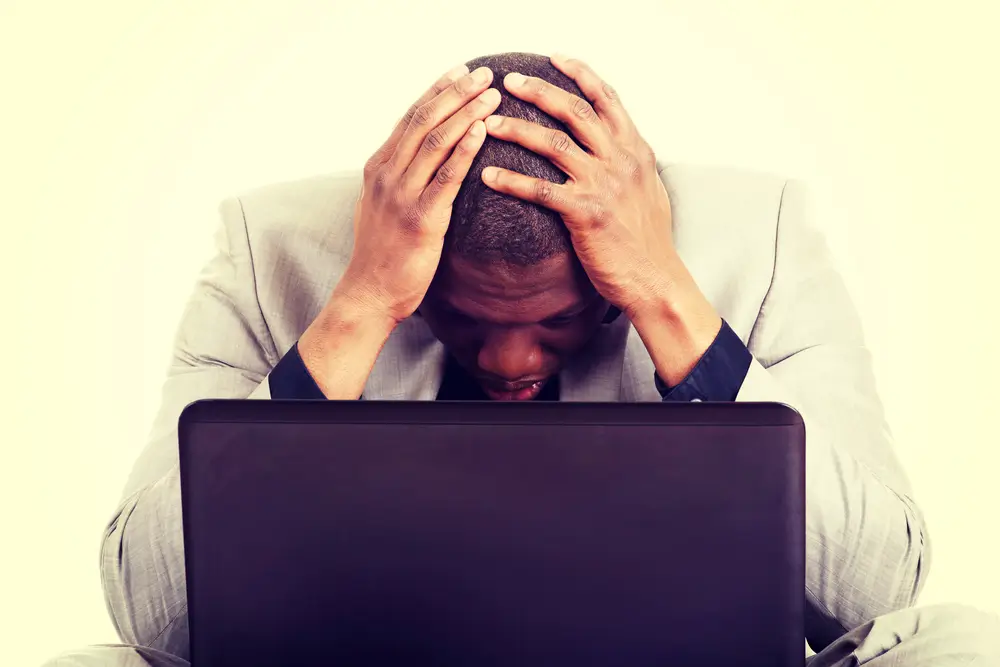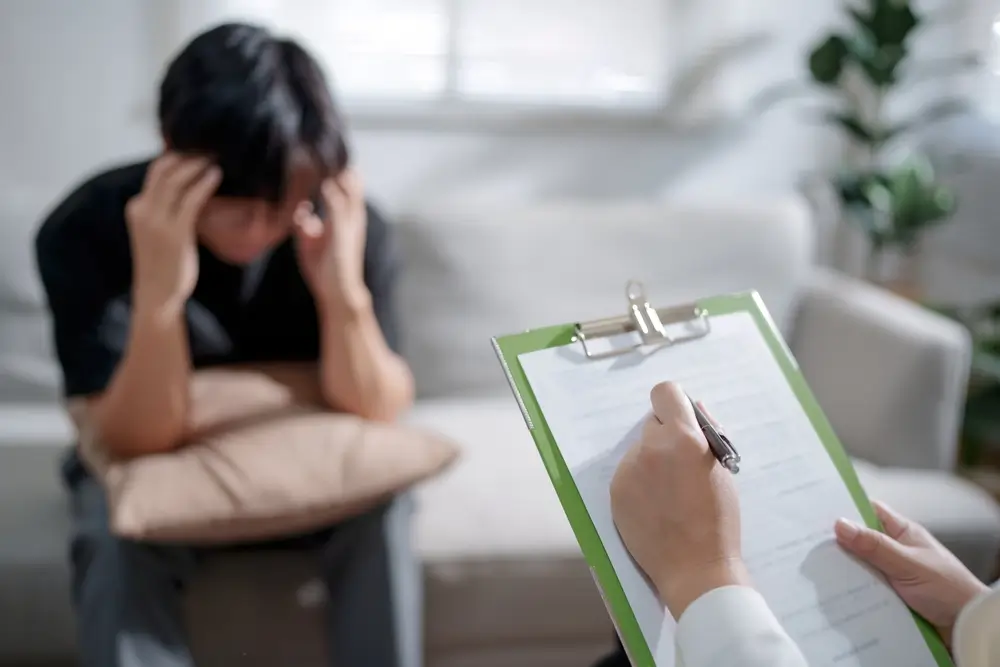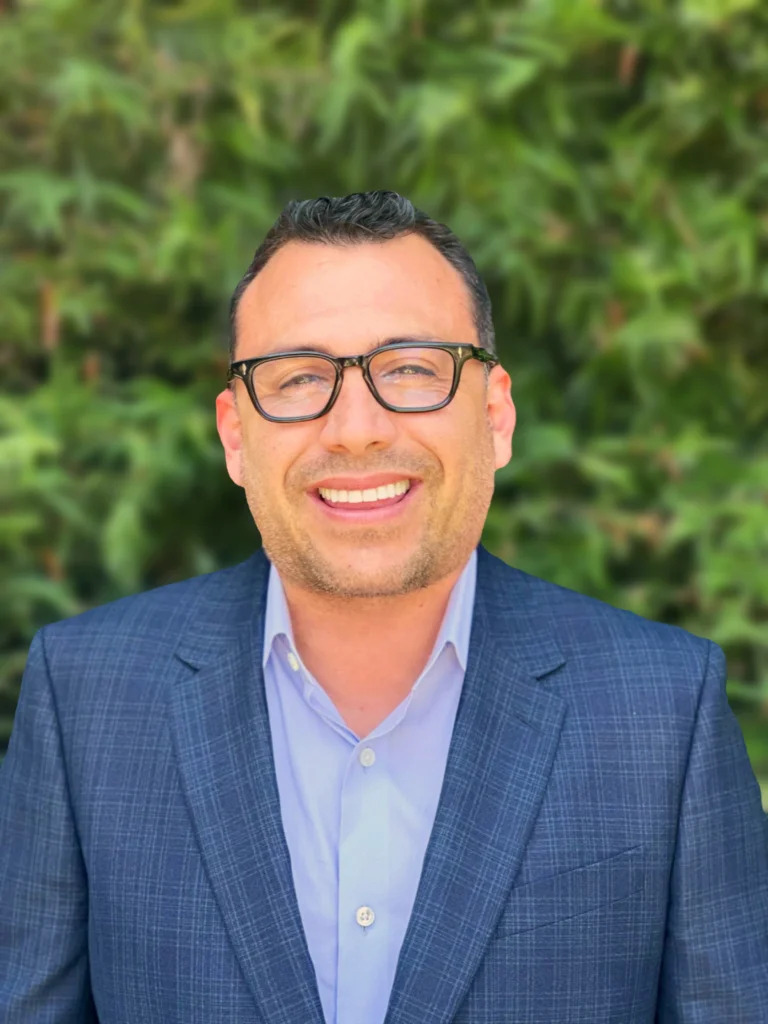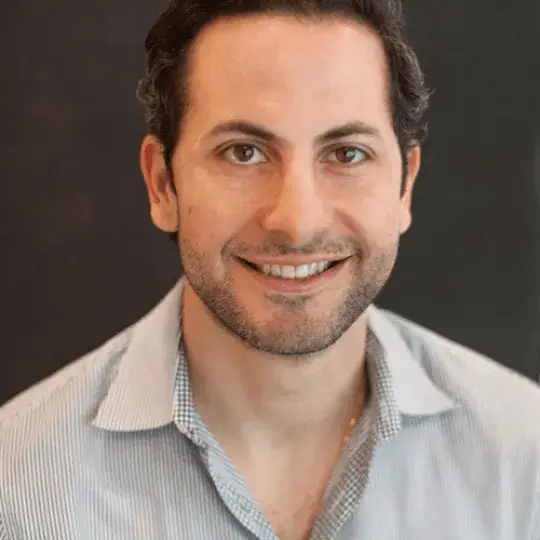The stats around porn addiction are staggering. It is estimated that 5% to 8% of adults worldwide struggle with compulsive porn use, consuming 11-12 hours of content per week. In the U.S. alone, around 200,000 people are considered full-blown “porn addicts” among the 40 million Americans who view porn.
Pornography makes up 12% of all websites and is watched by roughly 69% of American men and 40% of women each year. The porn industry pulls in $1.15 billion annually in the U.S., comparable to the NCAA. These shocking numbers demonstrate how prevalent and easily accessible porn has become.
What is Classified as Pornography Addiction?
Pornography addiction, also known as compulsive sexual behavior disorder, is characterized by an obsession with viewing pornography that interferes with your life and relationships. While enjoying pornography occasionally is normal for many people, addiction is defined by the inability to stop despite negative consequences.
If you find yourself constantly craving pornography, spending increasing amounts of time viewing it, and continuing to watch even though it’s causing problems, you may have an addiction.

Symptoms of Porn Addiction
If you find yourself constantly craving pornography or having trouble stopping yourself from viewing it, you may have an addiction. Some common symptoms of porn addiction include:
Spending increasing amounts of time viewing porn
Do you feel like you can’t stop clicking from one video to the next? Are you late for work or skipping social plans to stay home and watch porn? If porn is interfering with your day-to-day life, that’s a sign you may have a problem.
Being unable to stop despite trying repeatedly
Have you told yourself you’ll quit viewing porn, only to find yourself giving in to the urge again and again? An inability to follow through to stop is a hallmark of addiction.
Experiencing withdrawals or cravings
Do you feel irritable, restless or discontent when you can’t view porn? Craving porn and anticipation of the next time you can view it is a symptom that porn may have an unhealthy hold over you.
Requiring more explicit or intense material
If you find yourself searching for more extreme or hardcore content to achieve arousal and satisfaction, your porn use may be becoming an addiction.
Lying to cover up your porn use
Going to great lengths to hide your porn viewing from others is a sign you may feel ashamed or out of control with your behavior.
Loss of interest in real-life intimacy
Spending increasing amounts of time viewing porn can lead to a lack of interest in being intimate with a real-life partner. You may have trouble becoming aroused without porn or find real sex less satisfying.
Abandoning social activities
A porn addiction can become all-consuming, causing you to give up hobbies, socializing, and other enjoyable activities in favor of viewing porn. You may isolate yourself and hide your habit from others.
Secrecy
Many people with a porn addiction go to great lengths to hide their porn use from partners, friends, and family. They may delete their browser history, use incognito mode, or have secret accounts their loved ones don’t know about. The need for secrecy and lying is a major red flag.
Withdrawal symptoms
If prevented from viewing porn, you may experience withdrawal symptoms like restlessness, irritability, difficulty sleeping, and cravings. These are signs that porn has become a compulsive need rather than an enjoyable leisure activity.

Treatment for Porn Addiction
If you or someone you know is struggling with porn addiction, there are several treatment options available.
- Cognitive Behavioral Therapy (CBT) focuses on changing unhealthy thought and behavior patterns. A therapist can help identify triggers and teach coping strategies to avoid relapse. CBT has been shown effective for porn addiction.
- Couples Counseling: For those in relationships, couples counseling may help improve intimacy and rebuild trust. A therapist can facilitate open communication and help partners set boundaries.
- Group Therapy: Group therapy offers support and accountability. Members share experiences and advice for overcoming addiction. Some groups are 12-step based, like Sex Addicts Anonymous.
- Medication: Antidepressants called SSRIs may reduce compulsive behaviors and cravings. Addiction medications like naltrexone can also help. Medication should be used under guidance from a doctor.
- Rehab Programs: For severe cases, inpatient rehab provides a controlled environment away from triggers. Rehab may include counseling, support groups, medication, and lifestyle changes. Outpatient rehab is also an option, with less disruption.
You Are Not Alone and Recognizing You Need Help is The First Step
If you’ve tried unsuccessfully to quit porn on your own, know that you’re not the only one struggling. Many people of all backgrounds deal with porn addiction, and there are resources available to help you recover and live the life you want.
The first step is admitting you need help and can’t do this alone. This may be difficult, as porn addiction often comes with feelings of shame, guilt, and low self-esteem. But recognizing you need support is crucial.
Remember, you didn’t become addicted in one day, so be patient and kind to yourself during recovery. Stay focused on your goals and celebrate small wins along the way. Help is out there—you must take the first courageous step to find it. Call us at The Launch Centers anytime at (877) 895-3231. We’re here for you.





